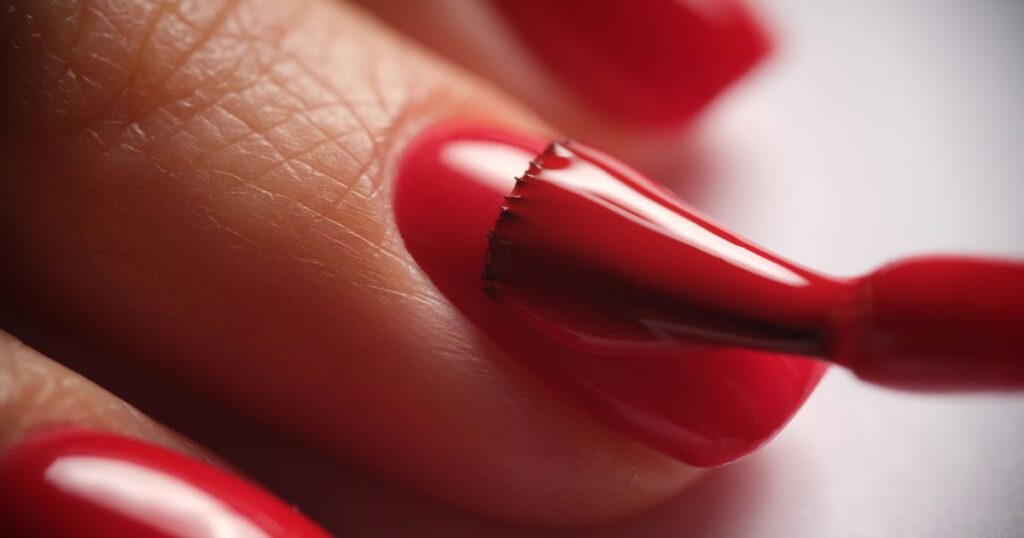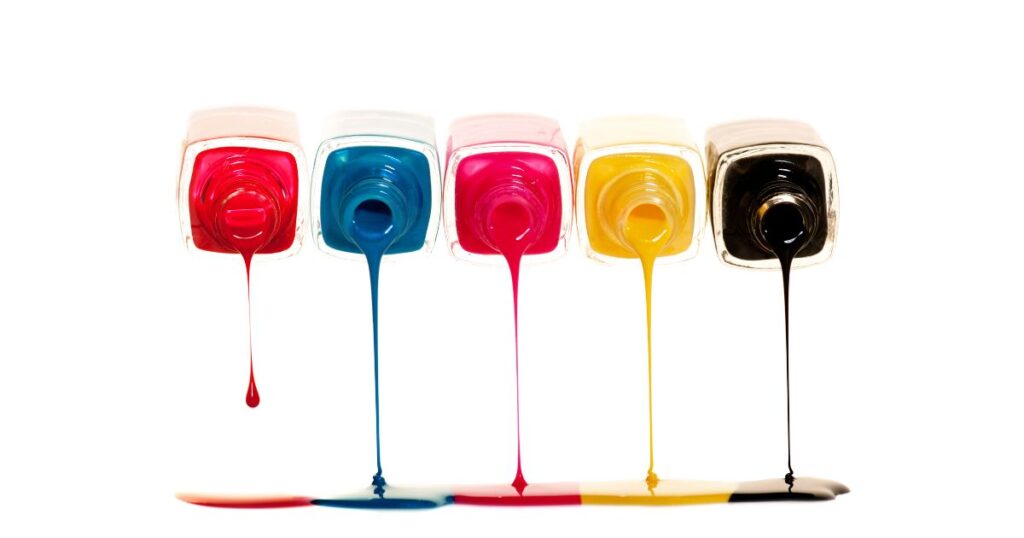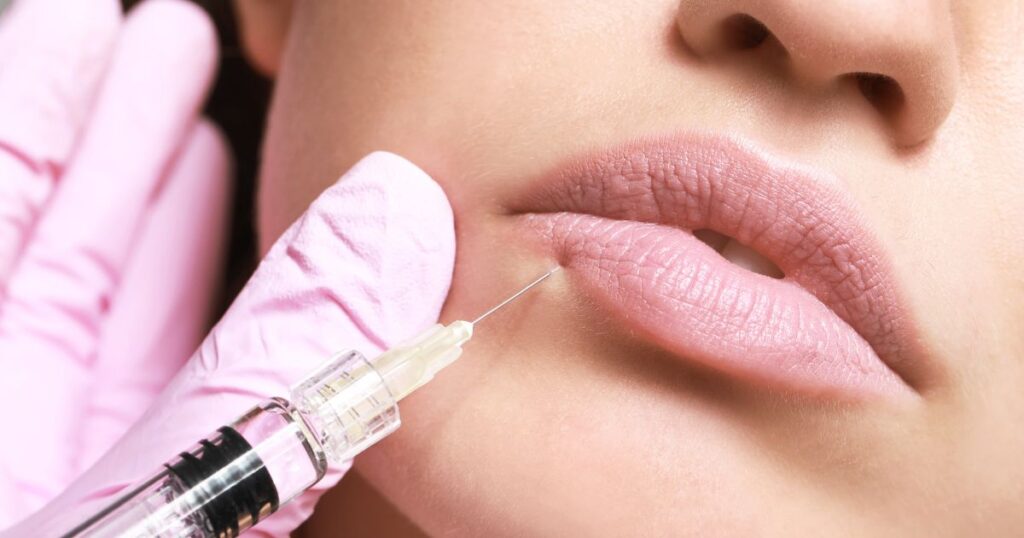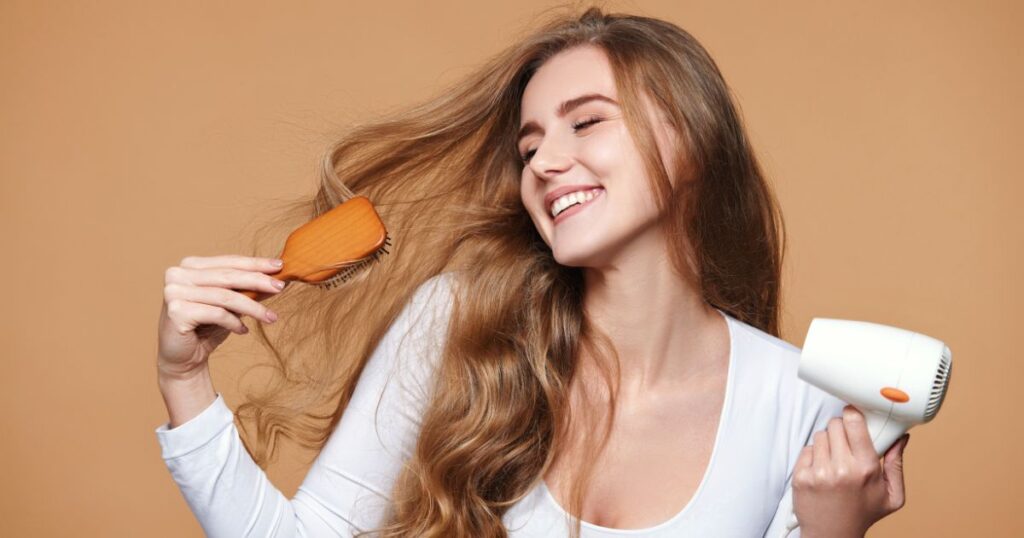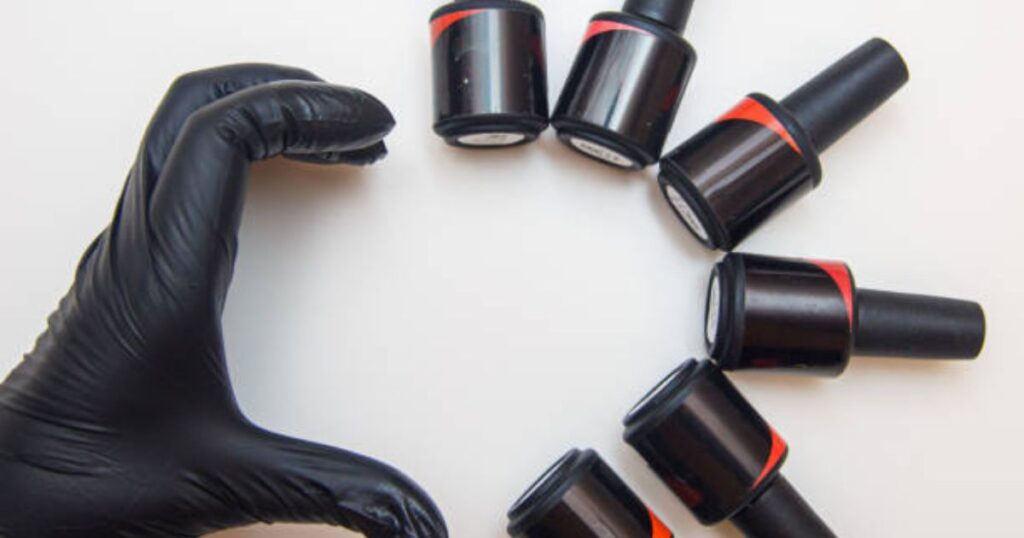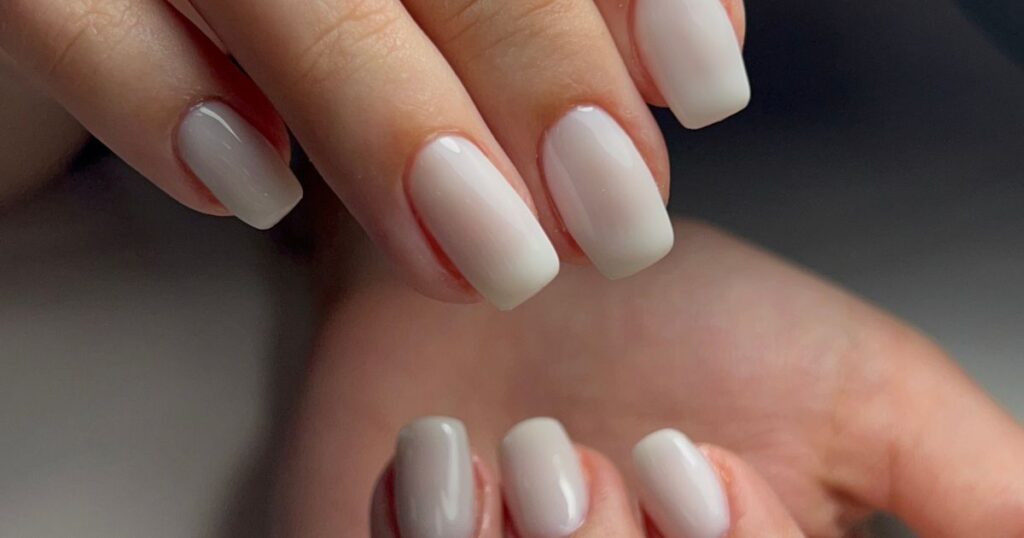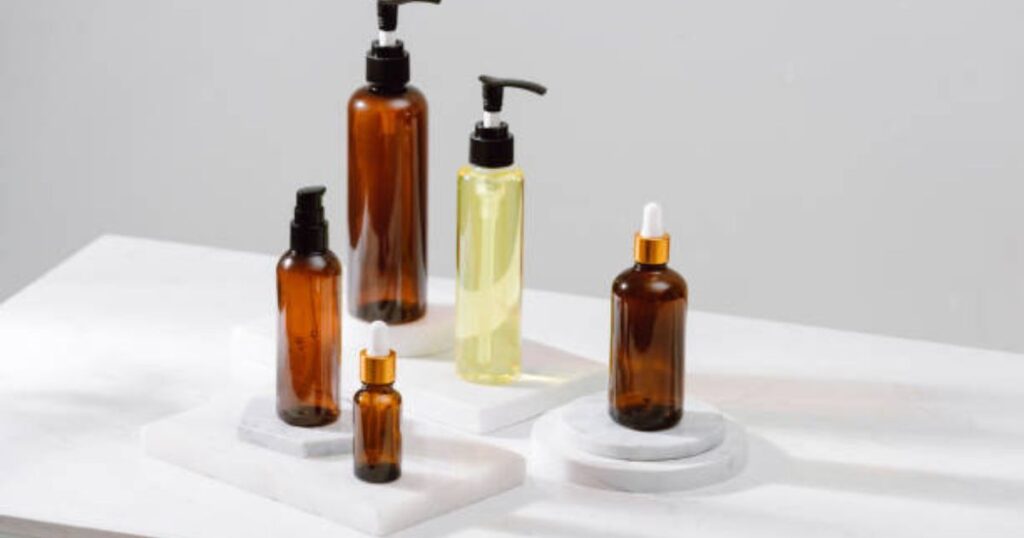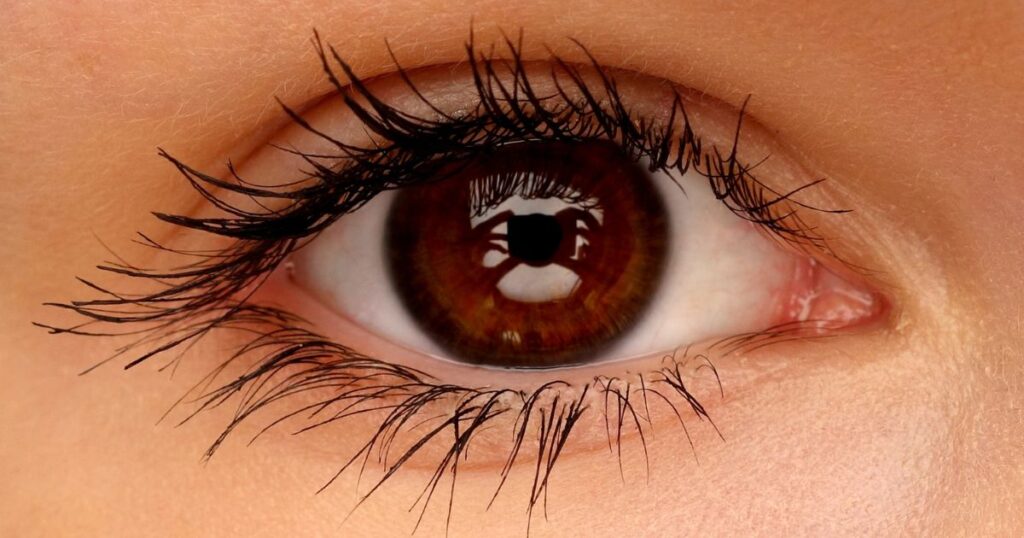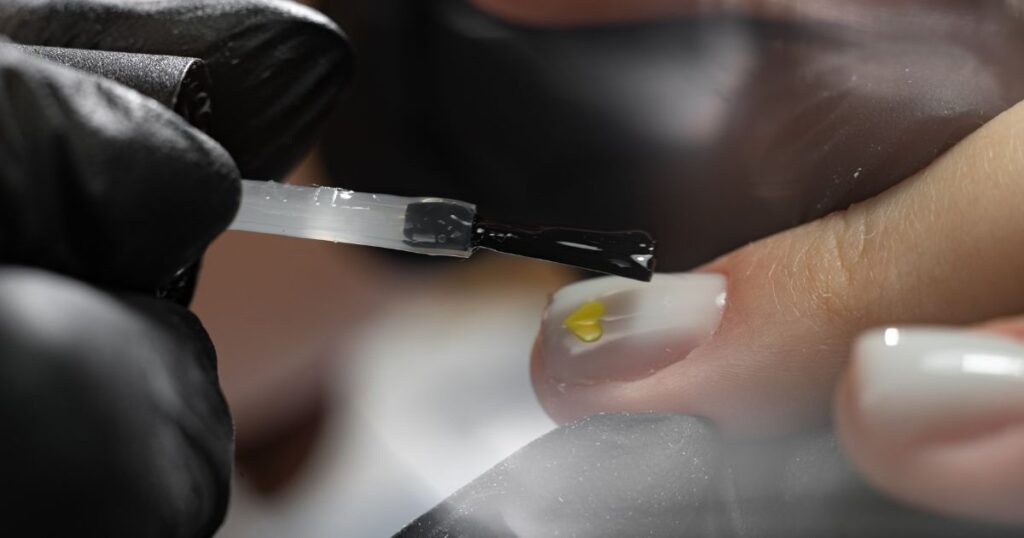Have you ever wondered why your hair seems to grow in layers, with different sections appearing longer or shorter than others? As a professional hairstylist, I’ve encountered numerous questions and misconceptions about hair growth and layers. In this comprehensive guide, we’ll delve into the fascinating world of hair growth patterns, addressing common myths, discussing the importance of trimming, and shedding light on the factors influencing natural layering. Understanding Hair Growth Rates and Asymmetry Hair growth is a dynamic process, with the average rate ranging from a quarter to half an inch per month. However, individual variations abound, leading to different growth rates among people. It’s crucial to recognize that hair is not symmetrical; asymmetry is a natural occurrence in our bodies, extending to our hair. Some individuals experience faster and fuller growth on one side, adding a unique dimension to their overall appearance. Dispelling the Myth of Layered Hair Growth One prevalent misconception is that hair grows in layers. This is a misunderstanding rooted in the observation that different sections of the hair may appear to grow at varying rates. Picture shaving your head bald and allowing your hair to regrow; each strand should ideally be the same length. However, due to the varying heights on the head, these uniform-length strands may hang down, creating an illusion of layers. Insights into Trimming Practices Trimming is an essential aspect of maintaining healthy hair, but confusion often surrounds when, why, and how much to trim. Let’s break down the reasons behind trimming: 1. Eliminating Split Ends: Trimming is crucial to remove split, stringy, or see-through ends, promoting overall hair health. 2. Addressing Damage: Chemical processes like coloring, relaxers, and perms can cause damage. Trimming helps remove compromised strands and prevents further issues. 3. Maintaining Fresh Ends: Regular trims, tailored to your hair’s needs, contribute to a polished and well-maintained appearance. Trimming frequency depends on individual factors. Monthly trims may be excessive for those with healthy hair, while chemically treated hair may benefit from a 6 to 8-week regimen. Natural hair enthusiasts should also embrace regular trims, dispelling the notion that only chemically treated hair requires attention. The Truth About Naturals and Trimming Naturals, too, need to prioritize trimming. Split ends can make hair feel coarser and hinder manageability. Those with afros should especially consider regular trims, given the constant exposure of their ends to styling elements. Trimming knots instead of ripping through them is a gentle approach to maintaining healthy natural hair. Unraveling the Mystery of Natural Layering Natural layering of hair is a result of various factors, including genetics, hair growth patterns, stress, and damage. Understanding these aspects provides insights into why your back hair may be longer than the front or why certain sections exhibit uneven growth. Genetics: Family genes play a pivotal role in determining hair growth patterns, with some individuals naturally predisposed to layered hair. Hair Growth Patterns: The way hair grows, influenced by follicle structure and growth directions, contributes to the layered effect. Stress and Damage: External factors such as stress, heat, and chemical damage can disrupt normal growth, leading to uneven layers. Right or Left-Handed: Surprisingly, whether you’re right or left-handed can influence how your hair grows, as styling habits may differ. Strong Growth Direction: Hair growing in a specific direction can create layers that add volume and character to your overall look. Managing Natural Layers While natural layers can pose styling challenges, they also enhance fullness and add character. Embracing or altering these layers is a personal choice. You can opt to maintain natural layers or choose a haircut that evens out the lengths. Cutting for a neater appearance or letting your hair grow for a more relaxed look are both valid options. Cracking the Code of Hair Growth Patterns Hair growth patterns play a crucial role in hairstyling, and understanding your unique pattern is essential for a tailored haircut. Different types of growth patterns include cowlicks, double crowns, widow’s peaks, whorls, and ducktails. Each pattern requires specific attention during cutting to achieve the desired style. Cowlick: Hair growing in one direction, often standing out when cut too short. Double Crown: Two spirals in the parietal area, challenging to handle during cutting. Widow’s Peak: Hairline meeting in a V-shape, creating a distinctive appearance. Whorl: Spirals of hair growing in the opposite direction, forming a circular or spiral shape. Ducktail: A hairstyle where hair grows towards the nape, forming a V-shape. Why Hair Growth Patterns Matter? Understanding your hair growth patterns is vital for a haircut that complements your unique features. Stylists consider factors like hair flow, follicle inclination, and growth direction to ensure your hairstyle grows out gracefully. Neglecting these patterns may result in unexpected changes as your hair regrows. Insights into Natural Hair Growth Knowing the intricacies of how hair grows naturally is a valuable asset. Hair growth is cyclical, consisting of anagen, catagen, and telogen phases. These phases determine the active growth, regression, and resting periods of each hair strand. While the average growth rate is around 1 centimeter per month, external factors like stress and hormones can influence the process. Optimizing Hair Growth for Your Unique Needs Understanding your hair growth patterns empowers you to make informed decisions for optimal hair care. Whether you aim to speed up hair growth or address slow growth, tailoring your routine to your specific needs is key. Explore tips and guides on maintaining healthy hair, identifying early signs of balding, and promoting growth through a balanced lifestyle. Read Also: FAQs: How often should I trim my hair? Trimming frequency depends on various factors, including your hair’s health and whether it undergoes chemical processes. Monthly trims may be excessive for healthy hair, while chemically treated hair may benefit from a 6 to 8-week regimen. Do natural hair enthusiasts need to trim their hair? Yes, naturals should prioritize regular trims to eliminate split ends and maintain overall hair health. Trimming knots, especially for those with afros, is essential to prevent damage and maintain manageable hair. Why does …
Why Does My Hair Grow in Layers? Read More »

